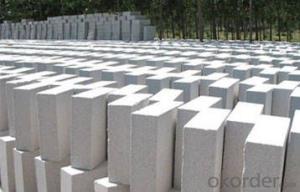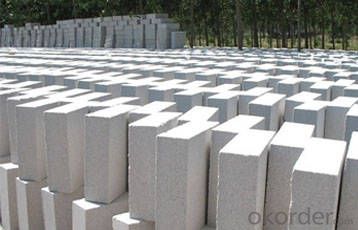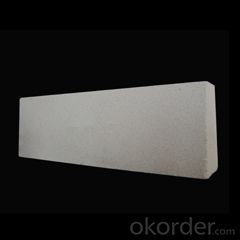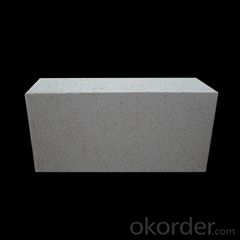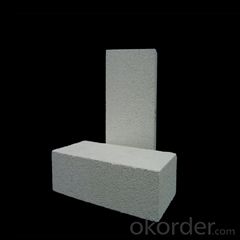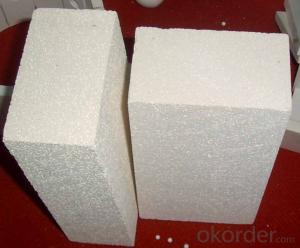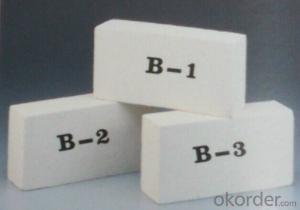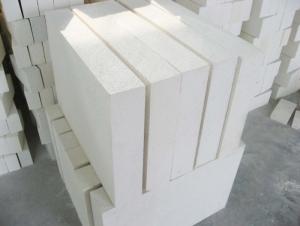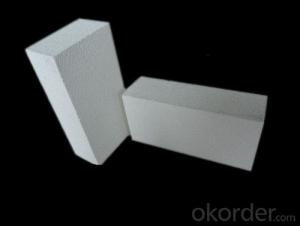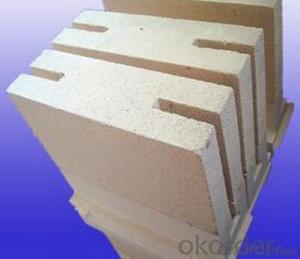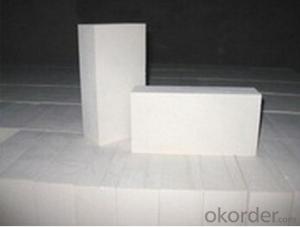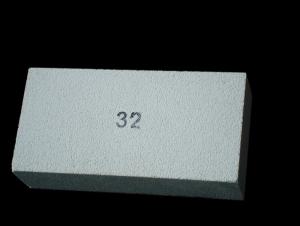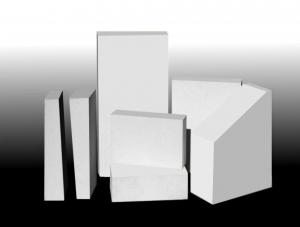Insulating Fire Brick Mullita Ladrilo Refractario Refractarios Aislantes JM 30
- Loading Port:
- Shanghai
- Payment Terms:
- TT OR LC
- Min Order Qty:
- 5000 kg
- Supply Capability:
- 5000000 kg/month
OKorder Service Pledge
OKorder Financial Service
You Might Also Like
Mullita ladrillo refractario refractarios aislantes JM 23
Aislamiento de calor de la serie okorder ladrillo
La serie okorder ladrillo es un eficaz aislamiento térmico, ahorro de energía, baja en carbono, la protección del medio ambiente avanzado, de acuerdo a la norma ASTM la fabricacion de productos.Okorder serie productos son mejores Li Ning y aislamiento en todo tipo de hornos industriales en el sector metalurgico, aluminio, petroquímica, energía eléctrica y materiales de cerámica de vidrio.Pueden ser utilizados como parte de la capa de aislamiento termico o non - Fusion.Los productos han sido ampliamente utilizados en el horno, logra resultados satisfactorios.
Aplicación de la preservación del calor de ladrillo
Industria metalurgica: Blast Furnace, hot alto horno, horno de calefaccion, etc.
Industria petroquímica: etileno horno horno de cracking, producción de hidrógeno, reformador primario, horno de calefaccion, etc.
Industria: horno de rodillos de cerámica, horno, etc.
Industria del vidrio: vidrio horno regenerador, etc.
Industria de carbono: carbono horno, etc.
Sector de la electrólisis de aluminio: aluminio reducción celular, etc.
Otras industrias: horno de tunel, Servicio de horno, etc.
Ventajas de ladrillo del aislamiento de calor
Baja conductividad térmica: mayor porosidad traerá buen aislamiento termico, ahorro de energía.
Alta resistencia al aplastamiento: alta resistencia al aplastamiento, la estabilidad de volumen.
Almacenamiento de calor: pequeños de almacenamiento de calor bajo para absorber más calor, ahorro de efecto es evidente.
Gao Chundu: hierro, metal alcalino de bajo contenido de impurezas.
El tamaño exacto: tamaño de ladrillo precision de procesamiento, forma especial de corte y molienda, acelerar el ladrillo.
Foto de ladrillo aislante
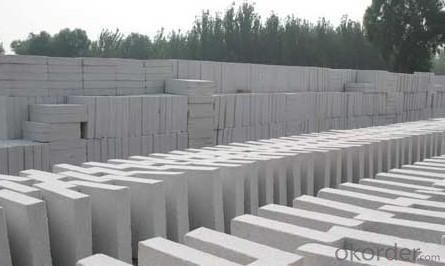
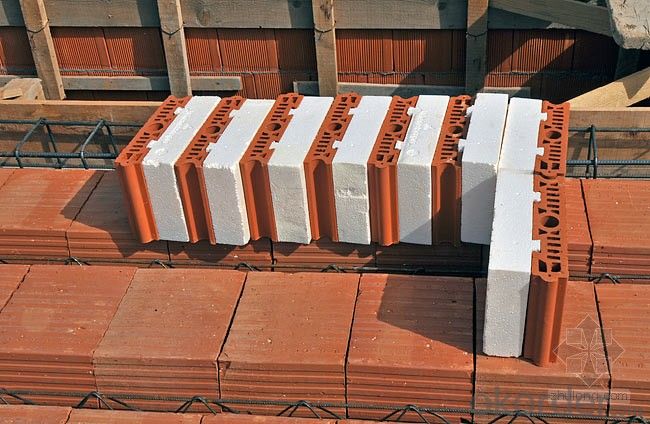

Problema común soluciones
1.¿Que productos tienes?
Disponemos de todo tipo de ladrillos refractarios, refractarios materiales de fundicion, mortero, cemento, productos de fibra cerámica, etc.
O usted puede hojear nuestros productos a elegir lo que usted necesita.
2.¿Cómo controlar la calidad del producto?
Con sistema de estricto control de calidad en la seleccion de materiales y el proceso de producción, tenemos la calidad de materiales refractarios y productos de fibra cerámica para satisfacer las necesidades de los clientes.
Desde la seleccion de materias primas, la calidad de nuestro control para empezar.El certificado de calidad de la materia prima es necesaria, cada lote de los productos serán probados en el uso de la línea.En el proceso de producción, el control de calidad por los trabajadores, y luego cada pieza de la clasificación, y mediante la supervisión de la calidad y la inspección.
3.¿Me puedes dar una breve introducción a la aplicación de su producto?
Mi empresa se dedica principalmente en refractarios en el acero, cemento, vidrio, cerámica, petroquímica, energía eléctrica y otras industrias.
4.¿Qué información necesitas si te necesito?
Con el fin de seleccionar los productos adecuados, que nos proporcionará la información, tales como los Estados Unidos, datos técnicos, cantidad de pedido, la aplicación del producto, etc.
Si usted tiene alguna pregunta, por favor pongase en contacto con nosotros.
- Q: Can insulating fire bricks be used for insulation in walls or roofs?
- Insulating fire bricks are primarily designed for use in high-temperature applications, such as furnaces, kilns, and fireplaces. While they offer excellent thermal insulation properties, they may not be the best choice for insulation in walls or roofs of residential or commercial buildings. Insulating fire bricks are often made from lightweight refractory materials, such as ceramic fibers or expanded clay. These materials are highly resistant to heat, but they may not provide sufficient insulation against cold temperatures or moisture. Additionally, their structural integrity may not be suitable for load-bearing applications or other requirements specific to walls or roofs. For insulation in walls or roofs, it is generally recommended to use materials specifically designed for building insulation purposes, such as fiberglass batts, spray foam insulation, or rigid foam boards. These materials are better suited to provide both thermal and moisture resistance, as well as meet the necessary structural requirements. In summary, while insulating fire bricks may offer excellent thermal insulation properties, they are not typically recommended for use in walls or roofs. It is advisable to consult with a building professional or insulation specialist to determine the most suitable insulation materials for your specific needs.
- Q: Are insulating fire bricks suitable for use in glass melting furnaces?
- Depending on the requirements of the furnace and the type of glass being melted, insulating fire bricks may be a suitable option for glass melting furnaces. These fire bricks are constructed from lightweight materials that have low thermal conductivity, enabling them to effectively retain heat and minimize energy loss in the furnace. This, in turn, can enhance the furnace's energy efficiency and decrease operational expenses. Nevertheless, it is essential to take into account the temperature and atmosphere within the glass melting furnace when selecting the appropriate insulating fire bricks. Glass melting furnaces function at extremely high temperatures, often surpassing 1500°C (2732°F). Some insulating fire bricks may not be capable of enduring such elevated temperatures and could deteriorate or even melt under these circumstances. Furthermore, the atmosphere within the glass melting furnace can influence the suitability of the insulating fire bricks. Certain types of these fire bricks may interact with specific gases or chemicals present in the furnace atmosphere, leading to degradation or contamination of the molten glass. Hence, it is crucial to choose insulating fire bricks that are compatible with the precise atmosphere and conditions within the glass melting furnace. To summarize, insulating fire bricks can be appropriate for use in glass melting furnaces, but careful consideration must be given to their temperature resistance and compatibility with the furnace atmosphere. Seeking guidance from specialists or suppliers who specialize in refractory materials for glass melting furnaces can help ensure the appropriate selection of insulating fire bricks for optimal furnace performance and glass quality.
- Q: Can insulating fire bricks be used in crucibles?
- Yes, insulating fire bricks can be used in crucibles. Insulating fire bricks are designed to withstand high temperatures and provide excellent insulation, making them suitable for use in crucibles where extreme heat is required.
- Q: Can insulating fire bricks be used in the insulation of boilers?
- Yes, insulating fire bricks can be used in the insulation of boilers. Insulating fire bricks are designed to withstand high temperatures and are highly effective at insulating against heat transfer. They have low thermal conductivity, which means they can help reduce heat loss from the boiler and improve its overall energy efficiency. Additionally, insulating fire bricks are lightweight and easy to install, making them an ideal choice for boiler insulation.
- Q: Can insulating fire bricks be used in the construction of crucibles?
- Yes, insulating fire bricks can be used in the construction of crucibles. These bricks are designed to withstand high temperatures and provide excellent insulation, making them suitable for use in crucibles where extreme heat is required.
- Q: Can insulating fire bricks be used in the construction of melting furnaces?
- Yes, insulating fire bricks can be used in the construction of melting furnaces. These bricks are designed to withstand high temperatures and provide excellent insulation, making them ideal for use in melting furnaces where heat retention is crucial.
- Q: Can insulating fire bricks be used in residential applications?
- Residential applications can indeed make use of insulating fire bricks. These bricks are lightweight and possess exceptional thermal insulation properties, rendering them suitable for diverse residential purposes. They find utility in insulating fireplaces, wood-burning stoves, and chimneys, thereby contributing to enhanced energy efficiency and reduced heat loss. Moreover, insulating fire bricks can be employed in the construction of pizza ovens and outdoor grills, ensuring remarkable heat retention and insulation. Their ability to endure high temperatures makes them perfectly suited for such applications. In summary, insulating fire bricks present homeowners with a dependable and long-lasting solution to bolster insulation and heat retention in residential settings.
- Q: What are the bubble bricks?
- The requirements for production conditions are not high. Simple shed to plant products without open storage, warehouse, on the quality of workers is not high.
- Q: Can insulating fire bricks be used in the construction of lime production kilns?
- Insulating fire bricks are a viable option for constructing lime production kilns due to their ability to withstand and retain high temperatures. These bricks possess exceptional insulating properties, enabling the kiln to quickly and efficiently reach the desired temperature while minimizing heat loss. Furthermore, their lightweight nature and ease of handling make them ideal for use in lime production kiln construction. Moreover, these bricks exhibit excellent thermal shock resistance, ensuring they can endure rapid temperature changes without cracking or breaking, a crucial characteristic in the kiln environment. Ultimately, employing insulating fire bricks in lime production kiln construction optimizes the efficiency and effectiveness of the lime production process.
- Q: Can insulating fire bricks be used in a refractory lining?
- Indeed, refractory linings can incorporate insulating fire bricks. These bricks are purposefully crafted to offer thermal insulation and minimize heat dissipation in scenarios involving high temperatures. Possessing low thermal conductivity and exceptional insulating properties, they are perfectly suited for use in refractory linings. By curbing heat transfer to the surrounding environment, these bricks contribute to the enhanced energy efficiency of furnaces, kilns, and other industrial applications. Moreover, insulating fire bricks are lightweight, effortlessly installable, and exhibit commendable strength and durability, rendering them a favored selection for refractory linings.
Send your message to us
Insulating Fire Brick Mullita Ladrilo Refractario Refractarios Aislantes JM 30
- Loading Port:
- Shanghai
- Payment Terms:
- TT OR LC
- Min Order Qty:
- 5000 kg
- Supply Capability:
- 5000000 kg/month
OKorder Service Pledge
OKorder Financial Service
Similar products
Hot products
Hot Searches
Related keywords
